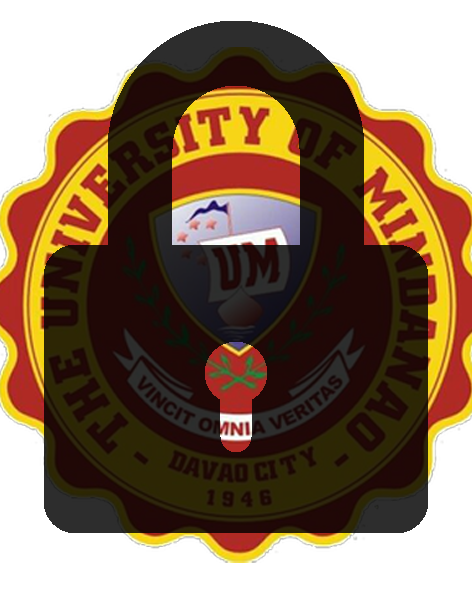Language shift and maintenance of indigenous "Sama" language in Samal Island

View/
Date
2024-05Author
Marin, Daniella Grace Joy
Monsanto, Bennie
Secuya, James
Comidoy, Ric Glenn
Keywords
Citation Tool
Metadata
Show full item recordAbstract
This study aimed to look into the signs and factors affecting language shift and maintenance of the indigenous Sama language among Sama college students who belong to the indigenous Sama community residing on Samal Island. Researchers used a descriptive-qualitative approach to identify and analyze the leading factors that affect language maintenance and language shift. The study focused mainly on assessing the signs of language shift and maintenance, factors affecting language, strategies and practices employed to maintain the Sama language, and the insights where the Sama students share their hopes and desires towards their heritage language. Researchers collected the data through in-depth interviews conducted in face-to-face meetings. The researchers used thematic analysis to analyze the data. The study's findings revealed that the signs of language shift included varied language use across domains, as well as language adaptation. Positive attitudes and early exposure were associated with language maintenance. Language choice, intermarriage, and socioeconomic status are the factors contributing to language shift. Government support, economic activities, and intergenerational language transmission were among the strategies used to preserve the Sama language. This study confirmed the language shift and maintenance theory, the contact theory, and the cultural value theory, which explain the critical factors contributing to a languages decline and survival. This study presents practical implications for the National Commission on Indigenous People, offering recommendations that support language revitalization efforts among Sama communities.
Collections
- Undergrad Theses [192]
